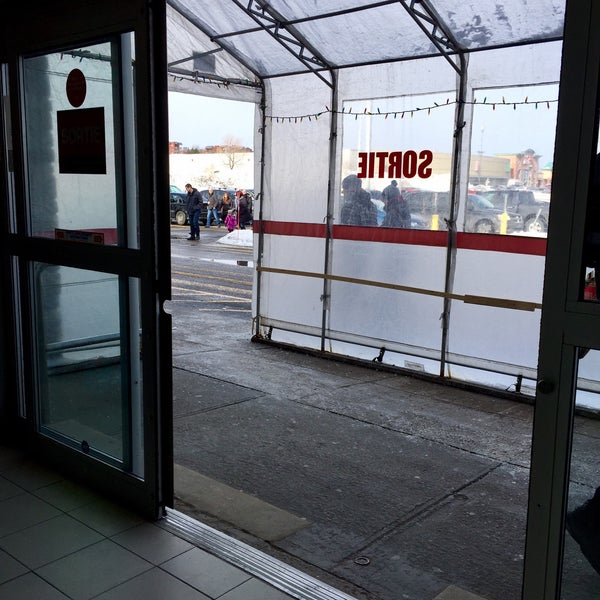Boldly shaping retail in Canada.
Known from coast-to-coast for the iconic red triangle, Canadian Tire is one of Canada’s most shopped general merchandise retailers. Much of this success can be directly attributed to our unique business model: over 500 retail operations across the country, all owned and operated by people we call Associate Dealers.
Our Dealers are the driving force behind our brand. Their businesses hold a special place in the hearts of Canadian consumers in the communities they serve and where they live. It is this commitment to understanding the needs and services required at a local level that enables our Dealer network to become trusted Leaders in their communities.
You can own a Canadian Tire retail store:
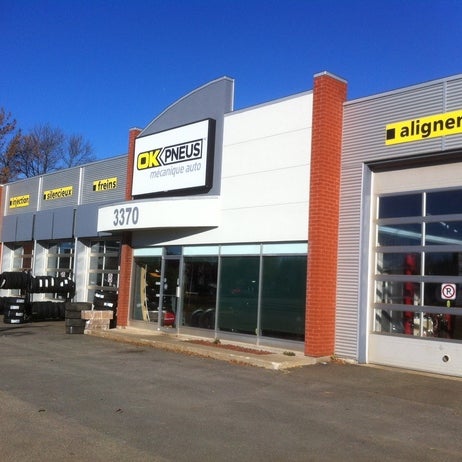 Then hire and develop the best and the brightest to realize your vision and maximize the store’s potential.
Then hire and develop the best and the brightest to realize your vision and maximize the store’s potential.Who you are:
Canadian Tire retail has a once in a life time opportunity for high performers who want to own and operate their own business and who are:
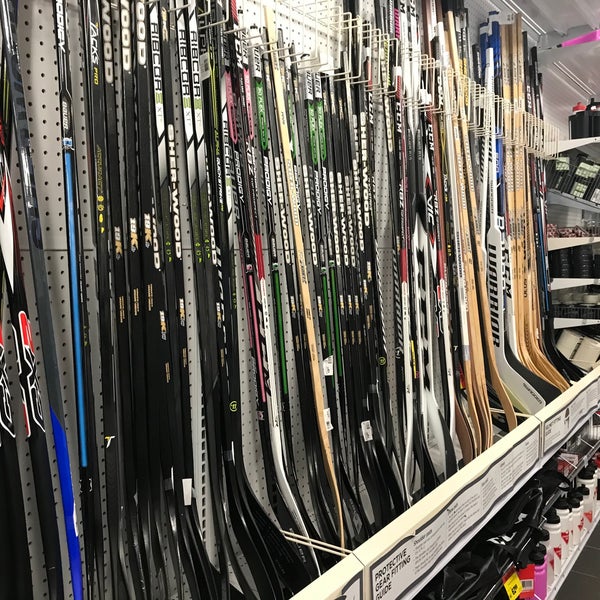
Your skills:
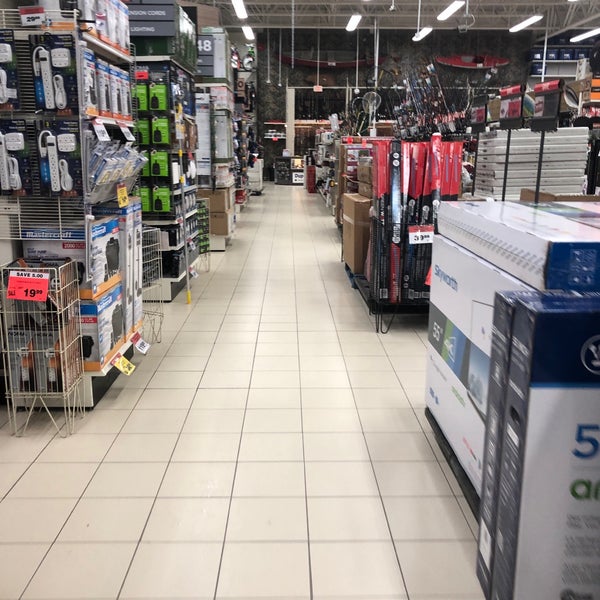 Alternatively, in lieu of post-secondary education, a minimum of 7 years progressive retail experience with a proven track record of delivering results is required.
Alternatively, in lieu of post-secondary education, a minimum of 7 years progressive retail experience with a proven track record of delivering results is required.We are looking for full-time Owners and Operators to join our network across Canada!
Canadian Tire is an equal opportunity retailer.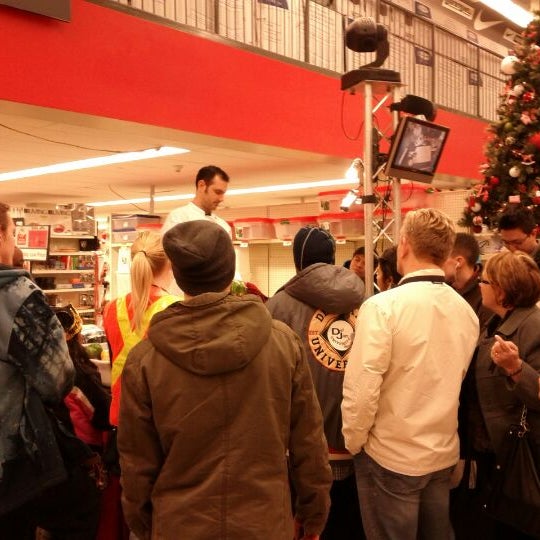 If you are contacted for a dealer opportunity, please advise us of any accommodations needed to ensure fair and equitable access throughout the Dealer Selection process. All accommodation information provided will be treated as confidential and used only for the purpose of providing an accessible Dealer candidate experience.
If you are contacted for a dealer opportunity, please advise us of any accommodations needed to ensure fair and equitable access throughout the Dealer Selection process. All accommodation information provided will be treated as confidential and used only for the purpose of providing an accessible Dealer candidate experience.
Interested in being a business Owner with the company that’s leading the evolution of retail in Canada? Inquire within at [email protected] or, visit our website to fill out a pre-application today! Alternatively, you can visit us on LinkedIn.
Any dateLast 24 hoursLast 48 hoursLast 72 hoursLast 7 daysLast 30 daysLast 12 monthsCustom date range
Choose royalty-free collections >Choose editorial collections >
Embeddable images
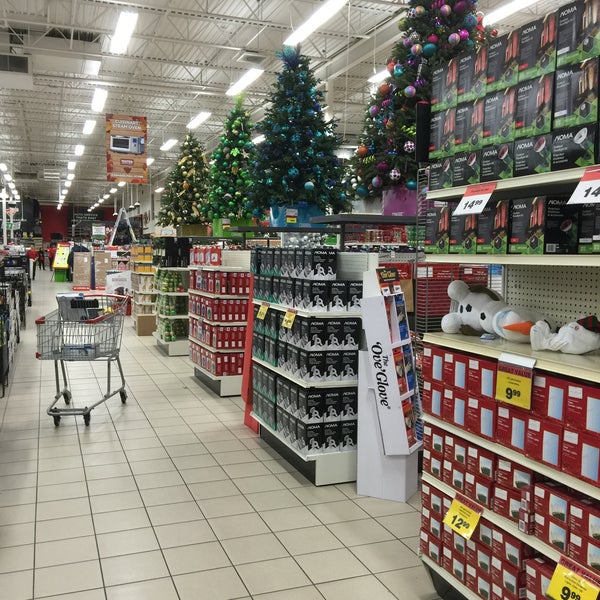 canadian tire store facade oblique view - canadian tire store stock pictures, royalty-free photos & imagesCanadian Tire Corporation, Limited is a Canadian retail company which sells a wide range of automotive, sports and leisure, and home products.christmas shopping - canadian tire store stock pictures, royalty-free photos & imagesCanadian Tire Corporation, Limited is a Canadian retail company which sells a wide range of automotive, sports and leisure, and home products; the...canadian tire distribution centre - canadian tire store stock pictures, royalty-free photos & imagescanadian tire distribution centre - canadian tire store stock pictures, royalty-free photos & imagesauto mechanic shop interior - canadian tire store stock pictures, royalty-free photos & imagescanadian tire store - canadian tire store stock pictures, royalty-free photos & imagesCanadian Tire Corp. Signage is displayed in this photo taken with a tilt shift lens at a store in Toronto, Ontario, Canada, on Thursday July 5, 2012.
canadian tire store facade oblique view - canadian tire store stock pictures, royalty-free photos & imagesCanadian Tire Corporation, Limited is a Canadian retail company which sells a wide range of automotive, sports and leisure, and home products.christmas shopping - canadian tire store stock pictures, royalty-free photos & imagesCanadian Tire Corporation, Limited is a Canadian retail company which sells a wide range of automotive, sports and leisure, and home products; the...canadian tire distribution centre - canadian tire store stock pictures, royalty-free photos & imagescanadian tire distribution centre - canadian tire store stock pictures, royalty-free photos & imagesauto mechanic shop interior - canadian tire store stock pictures, royalty-free photos & imagescanadian tire store - canadian tire store stock pictures, royalty-free photos & imagesCanadian Tire Corp. Signage is displayed in this photo taken with a tilt shift lens at a store in Toronto, Ontario, Canada, on Thursday July 5, 2012.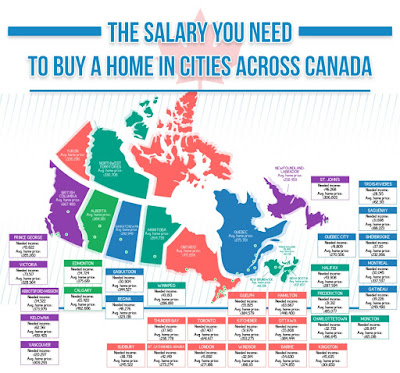 ...Canadian Tire store in Niagara Falls, Ontario, Canada, on Friday, March 19, 2021. Canadian Tire Corp. Surged as much as 8.5% last Thursday to a...Canadian Tire store in Niagara Falls, Ontario, Canada, on Friday, March 19, 2021. Canadian Tire Corp. Surged as much as 8.5% last Thursday to a...Canadian Tire store in Niagara Falls, Ontario, Canada, on Friday, March 19, 2021. Canadian Tire Corp. Surged as much as 8.5% last Thursday to a...flooded canadian tire - canadian tire store stock pictures, royalty-free photos & imagesBicycles hang on display for sale at a Canadian Tire Corp. Store in Toronto, Ontario, Canada, on Friday, Jan. 18, 2013. STCA - Statistics Canada is...Customers check out at a Canadian Tire Corp. Store in Toronto, Ontario, Canada, on Friday, Jan. 18, 2013. STCA - Statistics Canada is scheduled to...Customer shops for irons at a Canadian Tire Corp. Store in Toronto, Ontario, Canada, on Friday, Jan. 18, 2013. STCA - Statistics Canada is scheduled...An in-store pickup location outside a Canadian Tire store in Niagara Falls, Ontario, Canada, on Friday, March 19, 2021.
...Canadian Tire store in Niagara Falls, Ontario, Canada, on Friday, March 19, 2021. Canadian Tire Corp. Surged as much as 8.5% last Thursday to a...Canadian Tire store in Niagara Falls, Ontario, Canada, on Friday, March 19, 2021. Canadian Tire Corp. Surged as much as 8.5% last Thursday to a...Canadian Tire store in Niagara Falls, Ontario, Canada, on Friday, March 19, 2021. Canadian Tire Corp. Surged as much as 8.5% last Thursday to a...flooded canadian tire - canadian tire store stock pictures, royalty-free photos & imagesBicycles hang on display for sale at a Canadian Tire Corp. Store in Toronto, Ontario, Canada, on Friday, Jan. 18, 2013. STCA - Statistics Canada is...Customers check out at a Canadian Tire Corp. Store in Toronto, Ontario, Canada, on Friday, Jan. 18, 2013. STCA - Statistics Canada is scheduled to...Customer shops for irons at a Canadian Tire Corp. Store in Toronto, Ontario, Canada, on Friday, Jan. 18, 2013. STCA - Statistics Canada is scheduled...An in-store pickup location outside a Canadian Tire store in Niagara Falls, Ontario, Canada, on Friday, March 19, 2021. Canadian Tire Corp. Surged as...Canadian Tire store in Niagara Falls, Ontario, Canada, on Friday, March 19, 2021. Canadian Tire Corp. Surged as much as 8.5% last Thursday to a...Order pick up lockers at a Canadian Tire store in Niagara Falls, Ontario, Canada, on Friday, March 19, 2021. Canadian Tire Corp. Surged as much as...Customers stand in line for curb-side pickup at a Canadian Tire Corp. Store in Toronto, Ontario, Canada, on Thursday, Jan. 14, 2021. Ontario's...Closed aisle at a Canadian Tire Corp. Store in Montreal, Quebec, Canada, on Tuesday, Dec. 29, 2020. New Covid-19 restrictions, which are scheduled to...Sign reads "This Area Is Closed To The Public In Accordance With Provincial Regulations" at a Canadian Tire Corp. Store in Montreal, Quebec, Canada,...Promotional material is put on display at a Canadian Tire store on February 9, 2011 for the 2011 Heritage Classic between the Calgary Flames and...working on a bike tire - canadian tire store stock pictures, royalty-free photos & imageswinter weather conditions in the shopping center parking lot - canadian tire store stock pictures, royalty-free photos & imageschristmas shopping - canadian tire store stock pictures, royalty-free photos & imageschecking the tractor tire - canadian tire store stock pictures, royalty-free photos & imagesauto repair shop icon set - canadian tire store stock illustrationsCanadian Tire logo and store in Edmonton.
Canadian Tire Corp. Surged as...Canadian Tire store in Niagara Falls, Ontario, Canada, on Friday, March 19, 2021. Canadian Tire Corp. Surged as much as 8.5% last Thursday to a...Order pick up lockers at a Canadian Tire store in Niagara Falls, Ontario, Canada, on Friday, March 19, 2021. Canadian Tire Corp. Surged as much as...Customers stand in line for curb-side pickup at a Canadian Tire Corp. Store in Toronto, Ontario, Canada, on Thursday, Jan. 14, 2021. Ontario's...Closed aisle at a Canadian Tire Corp. Store in Montreal, Quebec, Canada, on Tuesday, Dec. 29, 2020. New Covid-19 restrictions, which are scheduled to...Sign reads "This Area Is Closed To The Public In Accordance With Provincial Regulations" at a Canadian Tire Corp. Store in Montreal, Quebec, Canada,...Promotional material is put on display at a Canadian Tire store on February 9, 2011 for the 2011 Heritage Classic between the Calgary Flames and...working on a bike tire - canadian tire store stock pictures, royalty-free photos & imageswinter weather conditions in the shopping center parking lot - canadian tire store stock pictures, royalty-free photos & imageschristmas shopping - canadian tire store stock pictures, royalty-free photos & imageschecking the tractor tire - canadian tire store stock pictures, royalty-free photos & imagesauto repair shop icon set - canadian tire store stock illustrationsCanadian Tire logo and store in Edmonton.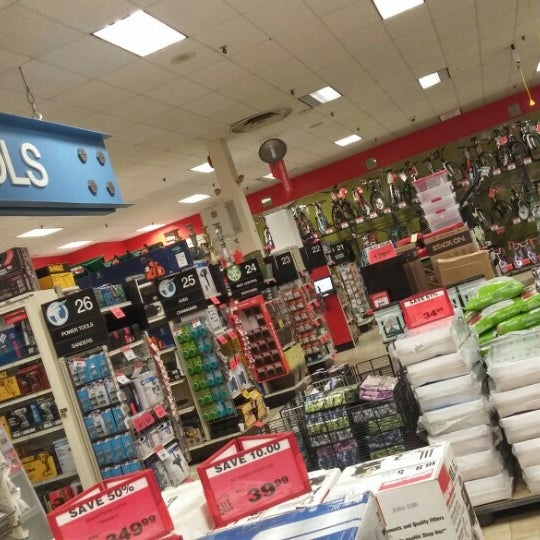 On Friday, 17 August 2021, in Edmonton, Alberta, Canada.utilizing technology - canadian tire store stock pictures, royalty-free photos & imagesworking together to fix a tire - canadian tire store stock pictures, royalty-free photos & imageslooking at instructions on a tablet - canadian tire store stock pictures, royalty-free photos & imageswoman at work - canadian tire store stock pictures, royalty-free photos & imageschristmas shopping - canadian tire store stock pictures, royalty-free photos & imageschristmas shopping - canadian tire store stock pictures, royalty-free photos & imagesred mini cooper s jcw in ottawa - canadian tire store stock pictures, royalty-free photos & imagesTorontonians shop for flashlights at the Canadian Tire on Lakeshore road in preparation for Hurricane Sandy.Diana Clarke , Arthur Battenberg and Rob Moored shopping for winter supplies like shovels, scrapers at the new Canadian Tire store at Lakeshore and...Worker picks product from one of the stacked distribution and storage pods in the warehouse of the Hillside Canadian Tire store in Victoria, British.
On Friday, 17 August 2021, in Edmonton, Alberta, Canada.utilizing technology - canadian tire store stock pictures, royalty-free photos & imagesworking together to fix a tire - canadian tire store stock pictures, royalty-free photos & imageslooking at instructions on a tablet - canadian tire store stock pictures, royalty-free photos & imageswoman at work - canadian tire store stock pictures, royalty-free photos & imageschristmas shopping - canadian tire store stock pictures, royalty-free photos & imageschristmas shopping - canadian tire store stock pictures, royalty-free photos & imagesred mini cooper s jcw in ottawa - canadian tire store stock pictures, royalty-free photos & imagesTorontonians shop for flashlights at the Canadian Tire on Lakeshore road in preparation for Hurricane Sandy.Diana Clarke , Arthur Battenberg and Rob Moored shopping for winter supplies like shovels, scrapers at the new Canadian Tire store at Lakeshore and...Worker picks product from one of the stacked distribution and storage pods in the warehouse of the Hillside Canadian Tire store in Victoria, British.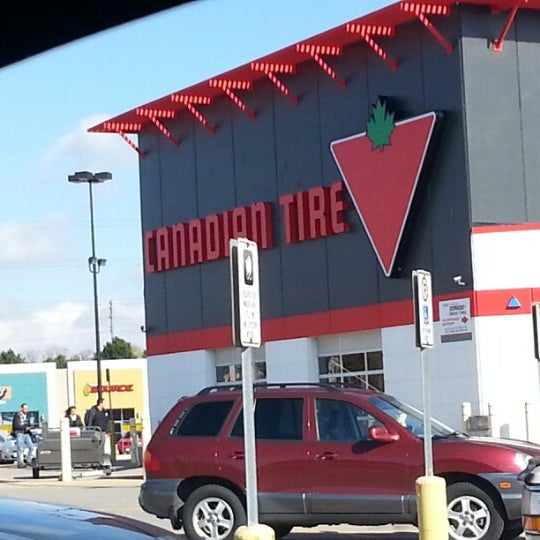 ..Employees wearing face masks stand in a Canadian Tire store amid the coronavirus outbreak on May 19, 2020 in Toronto, Ontario. The Coronavirus...canadian tire department store - canadian tire store stock pictures, royalty-free photos & imagesThe truck loaded with all the ice making equipment pulls up to the Canadian Tire Store on Lakeshore to officially launch the Road to 2011 Tim Hortons...man fixing a wheel - canadian tire store stock pictures, royalty-free photos & imagesworking together - canadian tire store stock pictures, royalty-free photos & imagesbike shop scene - canadian tire store stock pictures, royalty-free photos & imageswoman in workshop - canadian tire store stock pictures, royalty-free photos & imageslooking up instructions - canadian tire store stock pictures, royalty-free photos & imagesCathy Murphy and her four-year-old Ryan leave a Canadian Tire store in Oshawa, Ontario, Canada with a new pool on July 12, 2005. Propelled by record...Man leaves a Canadian Tire store in Oshawa, Ontario, Canada on July 12, 2005 with a bag of purchases.
..Employees wearing face masks stand in a Canadian Tire store amid the coronavirus outbreak on May 19, 2020 in Toronto, Ontario. The Coronavirus...canadian tire department store - canadian tire store stock pictures, royalty-free photos & imagesThe truck loaded with all the ice making equipment pulls up to the Canadian Tire Store on Lakeshore to officially launch the Road to 2011 Tim Hortons...man fixing a wheel - canadian tire store stock pictures, royalty-free photos & imagesworking together - canadian tire store stock pictures, royalty-free photos & imagesbike shop scene - canadian tire store stock pictures, royalty-free photos & imageswoman in workshop - canadian tire store stock pictures, royalty-free photos & imageslooking up instructions - canadian tire store stock pictures, royalty-free photos & imagesCathy Murphy and her four-year-old Ryan leave a Canadian Tire store in Oshawa, Ontario, Canada with a new pool on July 12, 2005. Propelled by record...Man leaves a Canadian Tire store in Oshawa, Ontario, Canada on July 12, 2005 with a bag of purchases.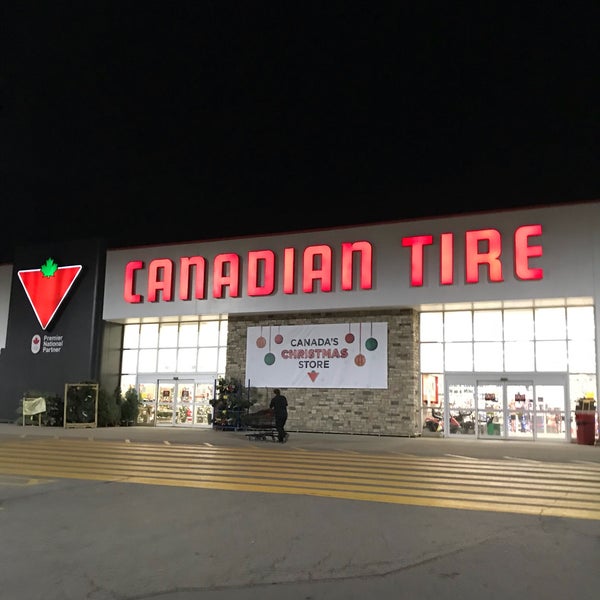 Propelled by record household spending, a...Cathy Murphy and her four-year-old Ryan leave a Canadian Tire store in Oshawa, Ontario, Canada with a new pool on July 12, 2005. Propelled by record...March 15: - Canadian Tire's apparel store named North Point located at 2180 Yonge Street.March 15: - Canadian Tire's apparel store named North Point located at 2180 Yonge Street.March 15: - Canadian Tire's apparel store named North Point located at 2180 Yonge Street.March 15: - Canadian Tire's apparel store named North Point located at 2180 Yonge Street.bike repairman - canadian tire store stock pictures, royalty-free photos & imagesfixing a bike wheel - canadian tire store stock pictures, royalty-free photos & imagesfixing gears - canadian tire store stock pictures, royalty-free photos & imagesbike shop - canadian tire store stock pictures, royalty-free photos & imagesworking on a bike wheel - canadian tire store stock pictures, royalty-free photos & imagesworking on a bike - canadian tire store stock pictures, royalty-free photos & images of 6
Propelled by record household spending, a...Cathy Murphy and her four-year-old Ryan leave a Canadian Tire store in Oshawa, Ontario, Canada with a new pool on July 12, 2005. Propelled by record...March 15: - Canadian Tire's apparel store named North Point located at 2180 Yonge Street.March 15: - Canadian Tire's apparel store named North Point located at 2180 Yonge Street.March 15: - Canadian Tire's apparel store named North Point located at 2180 Yonge Street.March 15: - Canadian Tire's apparel store named North Point located at 2180 Yonge Street.bike repairman - canadian tire store stock pictures, royalty-free photos & imagesfixing a bike wheel - canadian tire store stock pictures, royalty-free photos & imagesfixing gears - canadian tire store stock pictures, royalty-free photos & imagesbike shop - canadian tire store stock pictures, royalty-free photos & imagesworking on a bike wheel - canadian tire store stock pictures, royalty-free photos & imagesworking on a bike - canadian tire store stock pictures, royalty-free photos & images of 6 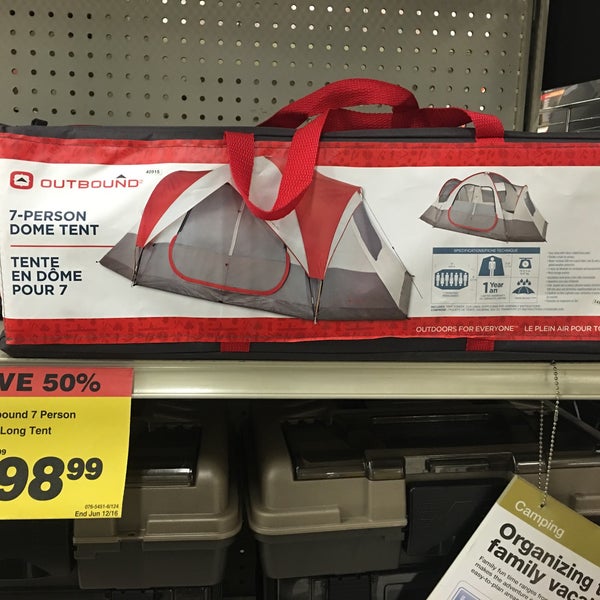 ru
ru Tue, 20.12.2011 - 14:12 / Comments
For its test, La Presse chose winter tires, which are now the most popular on the Quebec market, but since many models are also available in Russia, we bring the results to your attention. Tires from leading brands were selected for testing, and two Chinese tires from Evergreen and Nexen were taken for comparison. In addition, one all-season tire was tested - the Korean Hankook Optimo 4S, which are positioned as tires for any occasion.
Canadians do not write about exactly how the tests were carried out, noting only that they had to be carried out "at different times and in different places." Tables with exact measurement data are also not given, and there is only a final rating with estimates:
1 | ||
| According to La Presse, “the small Finnish company has done its homework” and this year took first place in the rankings with the non-studded Hakkapeliitta 7. | ||
2 | ||
| Michelins consistently placed high in the La Presse tests, and this year they also "have not lost their qualities." At the same time, the journalists noted that some weaknesses of the tire still allow themselves, for example, during “slalom braking”. The tires were generally praised, with the verdict saying that the center ribs provide good stability and the siped blocks provide optimal grip. | ||
3 | ||
The Bridgestone had its ups and downs in the test, but overall performed better than the previous model (WS-60).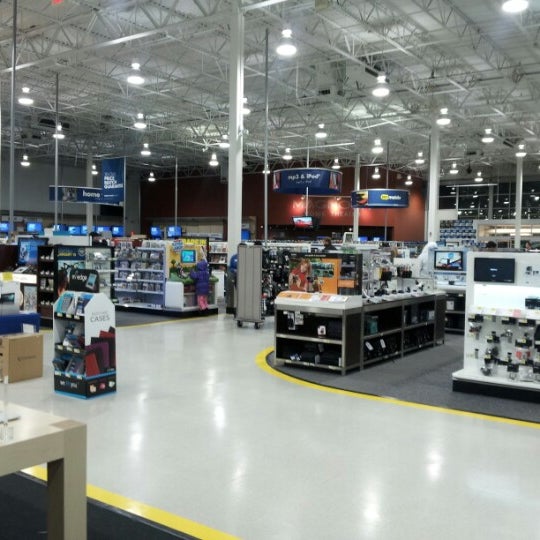 They managed to take a high third place thanks to "good grip during a sharp start and a short braking distance on snow and wet surfaces." At the same time, the tires were not so obedient in corners and turned out to be a little noisier than their main competitors. Verdict: brand followers will not be disappointed. They managed to take a high third place thanks to "good grip during a sharp start and a short braking distance on snow and wet surfaces." At the same time, the tires were not so obedient in corners and turned out to be a little noisier than their main competitors. Verdict: brand followers will not be disappointed. | ||
4 | ||
| According to La Presse, "Toyo conquered a legion of motorists with its famous Toyo Observe G-02." The same model did a miracle and performed even better - perhaps thanks to its Microbit rubber compound containing bamboo powder and walnut shells. The tires showed excellent grip and stability, resulting in an "absolutely well-deserved fourth place" | ||
5 | ||
Canadians recommend these tires to those who drive a lot in snow and ice in winter.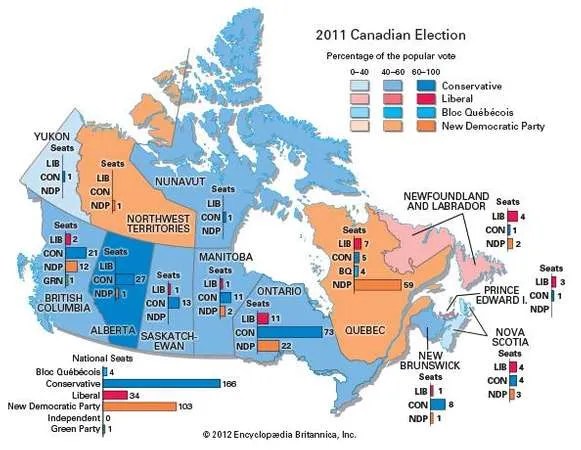 The asymmetric tread pattern provides a high level of grip on slippery surfaces (snow, slush, water). The asymmetric tread pattern provides a high level of grip on slippery surfaces (snow, slush, water). | ||
6 | ||
| The eighth generation of Ultra Grip features Winter Reactive technology, which La Presse believes needs to be improved – “although the tread pattern is still quite effective and the chevron-shaped blocks bite into the snow well, the lateral grip is not as high.” The noise level is average, the resource is above average. | ||
7 | ||
Canada still sells the old model, while Yokohama Ice Guard IG30 is already available in Japan and Europe, and this may be the reason for the poor performance of these tires. However, the Yokohama “showed acceptable results in all tests, worked well on snow and ice, and were among the most comfortable in the test. If the new model has higher performance and resource, a place in the top of the rating is guaranteed. If the new model has higher performance and resource, a place in the top of the rating is guaranteed. | ||
8 | ||
| These tires surprised testers by not performing as well as the Pirelli Ice Control sold in Canada since last year. Pirelli Winter Carving Edge could not compete with the leaders and ended up in the middle of the list. Journalists noted good road manners, but said that these tires are best used in the mountains, having previously been studded. Verdict: The longtime tire industry leader and Formula 1 supplier makes great tires, but this time they're only average. | ||
9 | ||
Every major manufacturer endows an aftermarket brand with only a fraction of its value, and for Continental, that brand is General. These tires were able to "get out of any situation (acceleration, braking, cornering) equally well, and did it both in the city and in the country. " Verdict: Due to its durability, it will serve faithfully for several years, and plus an acceptable price. " Verdict: Due to its durability, it will serve faithfully for several years, and plus an acceptable price. | ||
10 | ||
| Chinese tires are not the stars of the sky, and all their attractiveness lies in the enticing price, while the performance is usually noticeably worse than that of tires of well-known brands. Be that as it may, La Presse experts write that “from the very beginning of the tests we realized that Evergreen is the best offer in this segment today.” Verdict: If you're looking for something on the budget, consider Evergreen. | ||
11 | ||
These same Chinese tires "clearly belong to a different era - wide, very openwork blocks tend to make the tires noisier, the design is classic, and the rubber compound is too hard.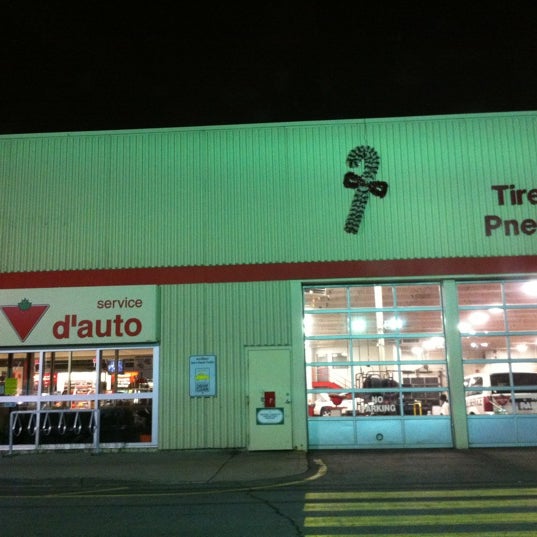 " La Presse also notes that while the aggressive blocks grip well in the snow, the Nexen clearly struggles with traction on other surfaces, especially ice and slush. In Canada, tires are sold only in supermarkets, and the main advantages are the price and warranty. " La Presse also notes that while the aggressive blocks grip well in the snow, the Nexen clearly struggles with traction on other surfaces, especially ice and slush. In Canada, tires are sold only in supermarkets, and the main advantages are the price and warranty. | ||
For its test, La Presse chose winter tires, which are now the most popular on the Quebec market, but since many models are also in Russia, we bring the results to your attention. Tires from leading brands were selected for testing, and two Chinese tires from Evergreen and Nexen were taken for comparison. In addition, one all-season tire was tested - the Korean Hankook Optimo 4S, which are positioned as tires for any occasion.
Canadians do not write about exactly how the tests were carried out, noting only that they had to be carried out "at different times and in different places." Tables with exact measurement data are also not given, and there is only a final rating with estimates:
1 | ||
| According to La Presse, “the small Finnish company has done its homework” and this year took first place in the rankings with the non-studded Hakkapeliitta 7. | ||
2 | ||
| Michelins consistently placed high in the La Presse tests, and this year they also "have not lost their qualities." At the same time, the journalists noted that some weaknesses of the tire still allow themselves, for example, during “slalom braking”. The tires were generally praised, with the verdict saying that the center ribs provide good stability and the siped blocks provide optimal grip. | ||
3 | ||
The Bridgestone had its ups and downs in the test, but overall performed better than the previous model (WS-60).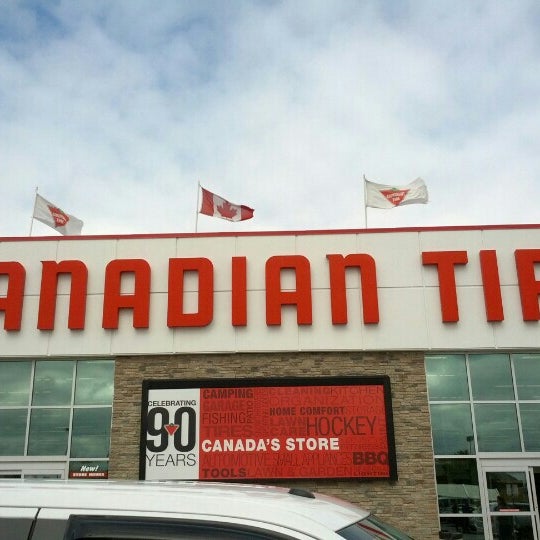 They managed to take a high third place thanks to "good grip during a sharp start and a short braking distance on snow and wet surfaces." At the same time, the tires were not so obedient in corners and turned out to be a little noisier than their main competitors. Verdict: brand followers will not be disappointed. They managed to take a high third place thanks to "good grip during a sharp start and a short braking distance on snow and wet surfaces." At the same time, the tires were not so obedient in corners and turned out to be a little noisier than their main competitors. Verdict: brand followers will not be disappointed. | ||
4 | ||
| According to La Presse, "Toyo conquered a legion of motorists with its famous Toyo Observe G-02." The same model did a miracle and performed even better - perhaps thanks to its Microbit rubber compound containing bamboo powder and walnut shells. The tires showed excellent grip and stability, resulting in an "absolutely well-deserved fourth place" | ||
5 | ||
Canadians recommend these tires to those who drive a lot in snow and ice in winter. The asymmetric tread pattern provides a high level of grip on slippery surfaces (snow, slush, water). The asymmetric tread pattern provides a high level of grip on slippery surfaces (snow, slush, water). | ||
6 | ||
| The eighth generation of Ultra Grip features Winter Reactive technology, which La Presse believes needs to be improved – “although the tread pattern is still quite effective and the chevron-shaped blocks bite into the snow well, the lateral grip is not as high.” The noise level is average, the resource is above average. | ||
7 | ||
Canada still sells the old model, while Yokohama Ice Guard IG30 is already available in Japan and Europe, and this may be the reason for the poor performance of these tires. However, the Yokohama “showed acceptable results in all tests, worked well on snow and ice, and were among the most comfortable in the test.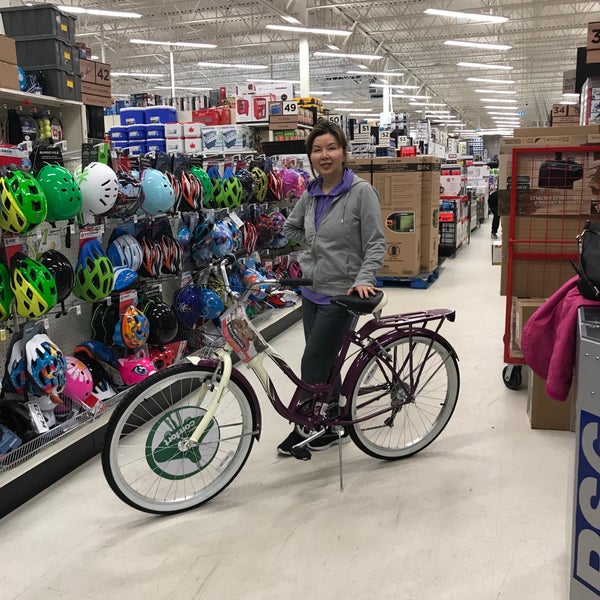 If the new model has higher performance and resource, a place in the top of the rating is guaranteed. If the new model has higher performance and resource, a place in the top of the rating is guaranteed. | ||
8 | ||
| These tires surprised testers by not performing as well as the Pirelli Ice Control sold in Canada since last year. Pirelli Winter Carving Edge could not compete with the leaders and ended up in the middle of the list. Journalists noted good road manners, but said that these tires are best used in the mountains, having previously been studded. Verdict: The longtime tire industry leader and Formula 1 supplier makes great tires, but this time they're only average. | ||
9 | ||
Every major manufacturer endows an aftermarket brand with only a fraction of its value, and for Continental, that brand is General. These tires were able to "get out of any situation (acceleration, braking, cornering) equally well, and did it both in the city and in the country.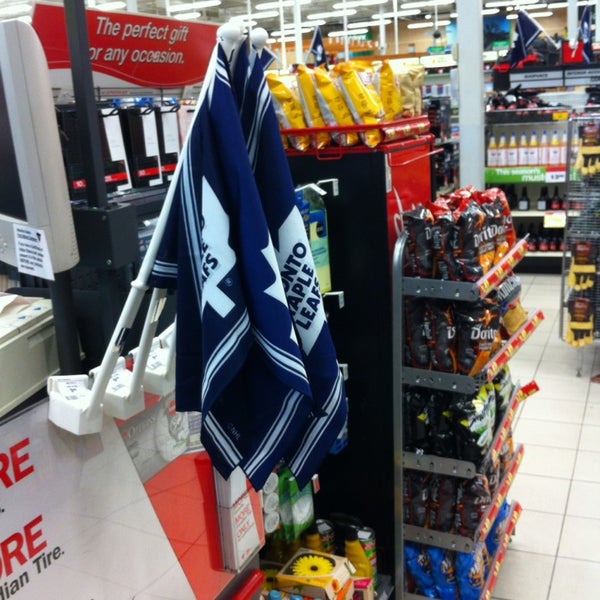 " Verdict: Due to its durability, it will serve faithfully for several years, and plus an acceptable price. " Verdict: Due to its durability, it will serve faithfully for several years, and plus an acceptable price. | ||
10 | ||
| Chinese tires are not the stars of the sky, and all their attractiveness lies in the enticing price, while the performance is usually noticeably worse than that of tires of well-known brands. Be that as it may, La Presse experts write that “from the very beginning of the tests we realized that Evergreen is the best offer in this segment today.” Verdict: If you're looking for something on the budget, consider Evergreen. | ||
11 | ||
These same Chinese tires "clearly belong to a different era - wide, very openwork blocks tend to make the tires noisier, the design is classic, and the rubber compound is too hard.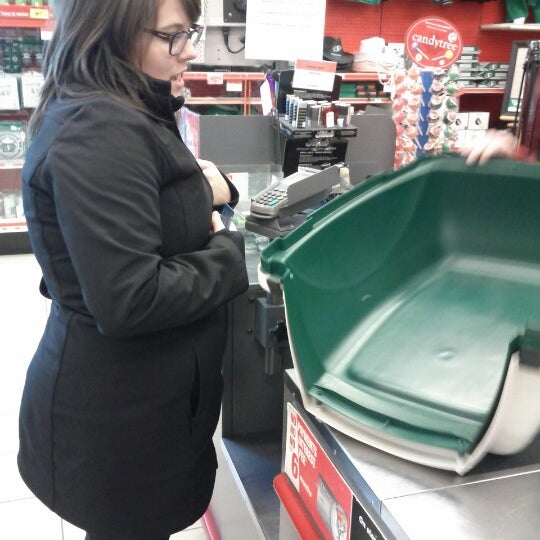 " La Presse also notes that while the aggressive blocks grip well in the snow, the Nexen clearly struggles with traction on other surfaces, especially ice and slush. In Canada, tires are sold only in supermarkets, and the main advantages are the price and warranty. " La Presse also notes that while the aggressive blocks grip well in the snow, the Nexen clearly struggles with traction on other surfaces, especially ice and slush. In Canada, tires are sold only in supermarkets, and the main advantages are the price and warranty. | ||
Home / Library / Korean public organizations / Koreans in Canada
from Wikipedia, free encyclopedia
| Korean |
| Total population |
| 198 210 (241 750) |
| Regions with significant population |
| Greater Toronto Area - Metro Vancouver (Ottawa ) - Most metropolitan areas |
| Languages |
| Canadian English and Canadian French |
| Religions |
| Christianity - Irreligionism - Korean Buddhism , Korean Confucianism and Heondoism |
| Associated ethnic groups |
| Korean Americans and Korean Australians - Korean New Zealanders, other |
Korean Canadians (French: Coreo-Canadiens ) are Canadian citizens of full or partial Korean ancestry. It also includes Canadian-born Koreans. According to the Ministry of Foreign Affairs and Trade of the Republic of Korea, as of 2017, there were 240,942 ethnic Koreans or Korean descent in Canada, making them the fourth largest Korean population in the diaspora (after Koreans at China, Koreans in the United States States, Koreans in Japan and ahead of Koreans in Russia, Koreans in Uzbekistan and Koreans in Australia).
It also includes Canadian-born Koreans. According to the Ministry of Foreign Affairs and Trade of the Republic of Korea, as of 2017, there were 240,942 ethnic Koreans or Korean descent in Canada, making them the fourth largest Korean population in the diaspora (after Koreans at China, Koreans in the United States States, Koreans in Japan and ahead of Koreans in Russia, Koreans in Uzbekistan and Koreans in Australia).
The first Koreans to come to Canada were local Christians sent by Canadian missionaries as seminary students. Tae-young Wang is largely considered the first registered Korean immigrant to come to Canada. Tae-yong Wang visited Canada at 1948 as a mission-sponsored medical trainee and remained in Toronto after the end of his term. Unlike Korean Americans, who have a relatively longer history of settling in the United States, very few have settled in Canada; as late as 1965, Canada's total permanent Korean population was estimated at only 70.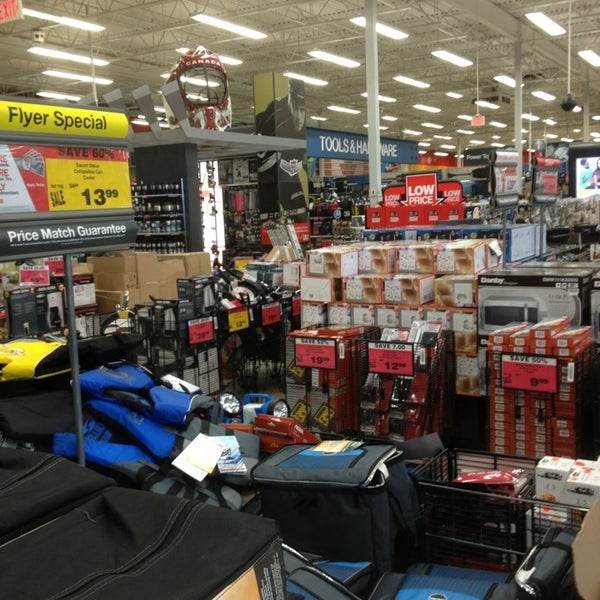 However, after the reform of Canadian immigration law in 1966, South Korean immigration to Canada began to increase. By 1969 there were about 2,000 Koreans in Canada. Between 1970 and 1980, 18,148 Koreans immigrated to Canada, and another 17,583 arrived in the next decade. In the late of the 1990s, Korea became the fifth largest source of immigrants to Canada. Toronto has the largest absolute number of Koreans in the country, but Vancouver is experiencing the highest growth rate of the Korean population, with a 69% increase since 1996. Montreal was the third most popular destination for Korean migrants during this period. In 2001 The number of Korean emigrants going to Canada exceeded the number going to the United States. The number of temporary residents has also grown since the Canadian government granted a visa-free regime with Korea; In the late 1990s, South Korea was the largest supplier of international students to Canada.
However, after the reform of Canadian immigration law in 1966, South Korean immigration to Canada began to increase. By 1969 there were about 2,000 Koreans in Canada. Between 1970 and 1980, 18,148 Koreans immigrated to Canada, and another 17,583 arrived in the next decade. In the late of the 1990s, Korea became the fifth largest source of immigrants to Canada. Toronto has the largest absolute number of Koreans in the country, but Vancouver is experiencing the highest growth rate of the Korean population, with a 69% increase since 1996. Montreal was the third most popular destination for Korean migrants during this period. In 2001 The number of Korean emigrants going to Canada exceeded the number going to the United States. The number of temporary residents has also grown since the Canadian government granted a visa-free regime with Korea; In the late 1990s, South Korea was the largest supplier of international students to Canada.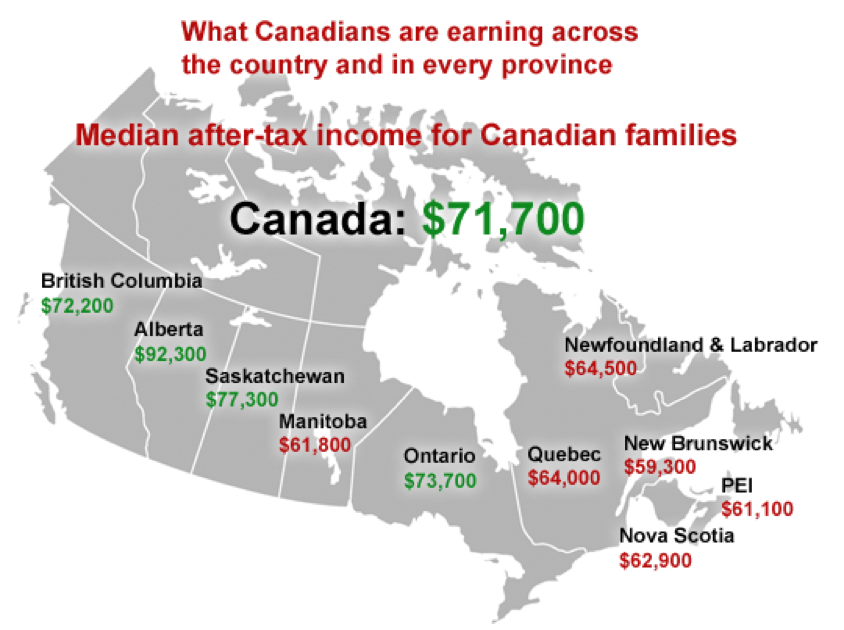
The increase in migration to Canada in the 1990s occurred at a time when unemployment in Canada was high and income growth was low compared to the United States. One pair of explorers showed that the number of migrants is correlated with the exchange rate; The weakness of the Canadian dollar against the US dollar means that South Korean migrants who bring savings to Canada for investment will be relatively richer than those going to the United States. Other factors suggested by as drivers of the increase in South Korean immigration to Canada included domestic anti-Americanism and the large presence of Canadian English teachers in the local hagwon. (14)
After migration after 1966, several Korean communities developed in Canada. The two most concentrated areas are Koreatown in Toronto and the growing Korean communities in Coquitlam and Vancouver.
Part of Seaton Village on Bloor St.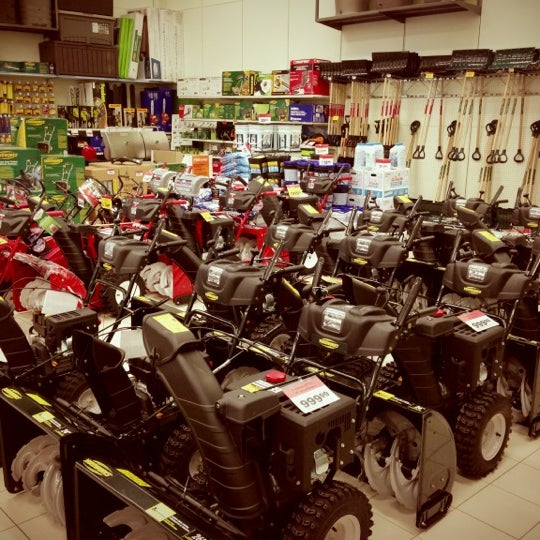 from Bathurst St. to Christie St. was designated as Koreatown in 2004. According to the 2001 census, there were about 43,000 Koreans in Toronto, which grew to 64,755 in in 2011. The Korean community in Toronto has developed Koreatown in such a way that it offers a Korean grocery store, hairdressers , kara oke bars and many restaurants. The City of Toronto describes Koreatown as “Korea Town is primarily a business district offering a wide range of a selection of Korean restaurants, high-end Korean boutiques, herbalists, acupuncturists, and many other unique services and shops that are filled with branded merchandise.” Koreatown Toronto is also famous for its Dano Spring Festival, which takes place on the 5th day of the 5th month of the Korean lunar calendar. The festival takes place in the Christie Pits area and has been running for the past 21 years, with the exception of 2013 when it was cancelled. (20)
from Bathurst St. to Christie St. was designated as Koreatown in 2004. According to the 2001 census, there were about 43,000 Koreans in Toronto, which grew to 64,755 in in 2011. The Korean community in Toronto has developed Koreatown in such a way that it offers a Korean grocery store, hairdressers , kara oke bars and many restaurants. The City of Toronto describes Koreatown as “Korea Town is primarily a business district offering a wide range of a selection of Korean restaurants, high-end Korean boutiques, herbalists, acupuncturists, and many other unique services and shops that are filled with branded merchandise.” Koreatown Toronto is also famous for its Dano Spring Festival, which takes place on the 5th day of the 5th month of the Korean lunar calendar. The festival takes place in the Christie Pits area and has been running for the past 21 years, with the exception of 2013 when it was cancelled. (20)
Unofficially, the Willowdale/Newtonbrook areas in North York have a large number of Korean businesses operating from Yonge St.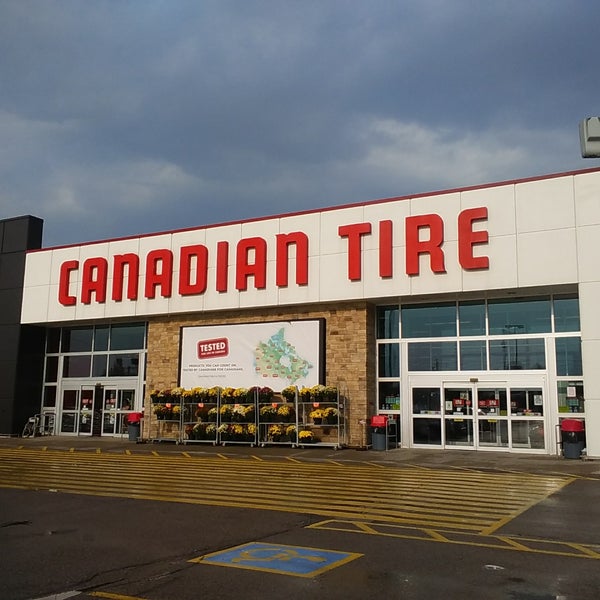 between Sheppard Ave. and Steels Ave. Named Koreatown North , it also has a growing number of Koreans living in this area.
between Sheppard Ave. and Steels Ave. Named Koreatown North , it also has a growing number of Koreans living in this area.
The Korean communities in Vancouver and Coquitlam are not officially designated as Koreatown, but their abundant business districts represent a growing Korean community. British Columbia and Vancouver are the second largest Korean community in Canada with 53,770, 49,880 of those living in and around Vancouver. The Korean community in Vancouver is located between Nikola and Denman Street and consists of numerous Korean restaurants as well as other businesses. Recently, several residents have been promoting Vancouver Communities arguing that it should be called Koreatown and officially designated as such. (24)
In addition to the community in Vancouver itself, the city of Coquitlam also contributes to the growth of the Korean community. According to 2011, the population of Koreans in Coquitlam was about 7900 people, so it does not have the same population of as Vancouver or Toronto.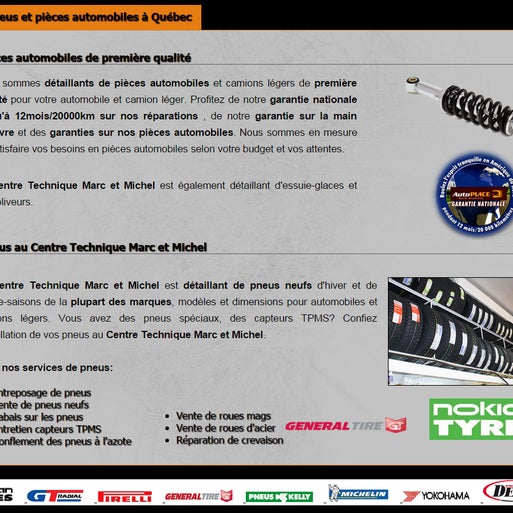 However, the community on North Road and Lougheed Highway consists of many Korean fried chicken houses, large grocery stores, and other small parlors, most of which have a large number of Korean signage. (26)
However, the community on North Road and Lougheed Highway consists of many Korean fried chicken houses, large grocery stores, and other small parlors, most of which have a large number of Korean signage. (26)
| Province | Koreans 2016 | % 2016 |
| Ontario | 88.935 | 0.7% |
| British Columbia | 60.490 | 1.3% |
| Alberta | 21.275 | 0.5% |
| Saskatchewan | 1.880 | 0.2% |
| Quebec | 8.055 | 0.1% |
| Manitoba | 4.375 | 0. |
| New Brunswick | 1.685 | 0.2% |
| Nova Scotia | 1.545 | 0.2% |
| Prince Edward Island | 205 | 0.1% |
| Newfoundland and Labrador | 80 | 0.0% |
| Northwest Territories | 100 | 0.2% |
| Nunavut | 10 | 0.0% |
| Yukon | 75 | 0.2% |
| Canada | 188.710 | 0.5 % |
Republic of Korea Ministry of Foreign Affairs and Trade figures for 2007 showed 86,084 Canadian citizens, 72,077 permanent residents, 20,738 student visas, and 19,271 temporary residents.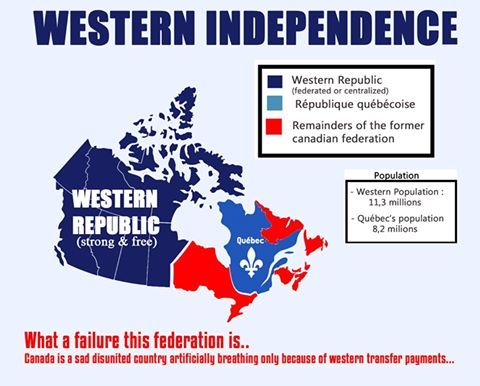 The 2001 census in Canada recorded 101,715 Canadians of Korean ancestry, but Korean community and media organization leaders suspected it was undercounting the population, especially mobile short-term residents such as English as a foreign language student. According to Canada 19 CensusAt 96, 53.6% of Korean immigrants to Canada attended a four-year post-secondary institution compared to 23% of the general population. However, because their qualifications and technical certifications are often not recognized by Canadian employers, Korean immigrants often accept jobs that are not commensurate with their education; 40% worked in family businesses, and their average personal income is only 67% of the average Canadian resident. (7)
The 2001 census in Canada recorded 101,715 Canadians of Korean ancestry, but Korean community and media organization leaders suspected it was undercounting the population, especially mobile short-term residents such as English as a foreign language student. According to Canada 19 CensusAt 96, 53.6% of Korean immigrants to Canada attended a four-year post-secondary institution compared to 23% of the general population. However, because their qualifications and technical certifications are often not recognized by Canadian employers, Korean immigrants often accept jobs that are not commensurate with their education; 40% worked in family businesses, and their average personal income is only 67% of the average Canadian resident. (7)
 ca . Archive from original from March 4, 2016 . Received September 30 2013 . Asia , retrieved July 11 2007
ca . Archive from original from March 4, 2016 . Received September 30 2013 . Asia , retrieved July 11 2007
RUSSIAN KOREANS, No. 109, JANUARY 2009
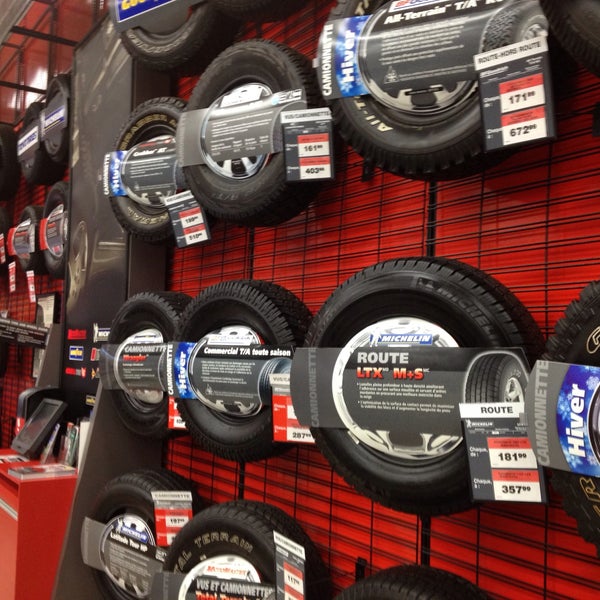
Active members of the Association: Inna PAK, Alexey VAN, Lyudmila KHEGAI
— Lyudmila Sergeevna, congratulations on your public position! What was the expected event or surprise for you?
- This was not the expected event. Moreover, this is not my area at all, but the events lined up so that the proposal to put forward my candidacy for this position did not arouse objections from me.
— Tell us about the meeting, what issues did you consider?
— An expanded meeting of the Council was held, at which the application of the incumbent president for resignation was considered, his report on the work done was heard, and some members of the Council were replaced.
— How did your predecessor Evgeny Kogay ( RK #101, March 2008, Russian Canada ) explain his decision to retire?
- He explained this by the heavy workload at his main job, but, remaining a member of the Council, he said that he was ready to help the new staff where he could be useful.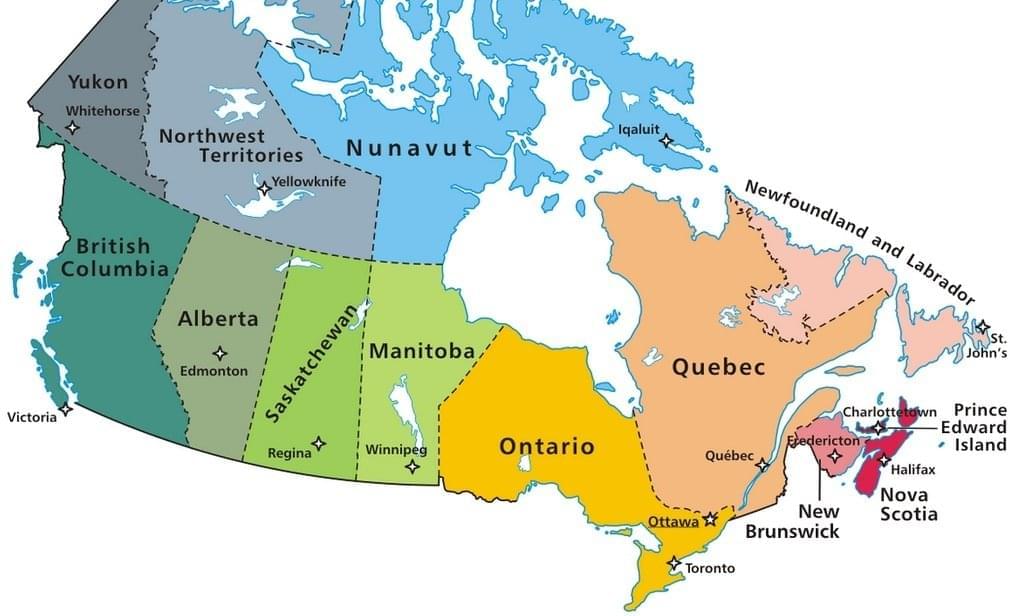
— Do you have your own idea of the Association's priorities?
— You know, unlike similar organizations in the republics of the former Soviet Union, our tasks are somewhat different. First of all, we would like to declare the existence of such a community of Koreans (I even find it difficult to find the right word for designation), who for the most part think and speak Russian, were brought up in Russian culture, but at the same time look like Koreans, and in everyday life they adhere to Korean customs. Since our Association was created, first of all, counting on our children, we would like, of course, that Canadian realities do not overshadow our values for them. In addition, I really want to create as soon as possible a kind of club for communication between people of the older generation who came here to their children and were deprived of their usual communication. Not knowing English, many of them feel quite uncomfortable and one of our priorities is to provide them with an opportunity for a normal social life, so to speak.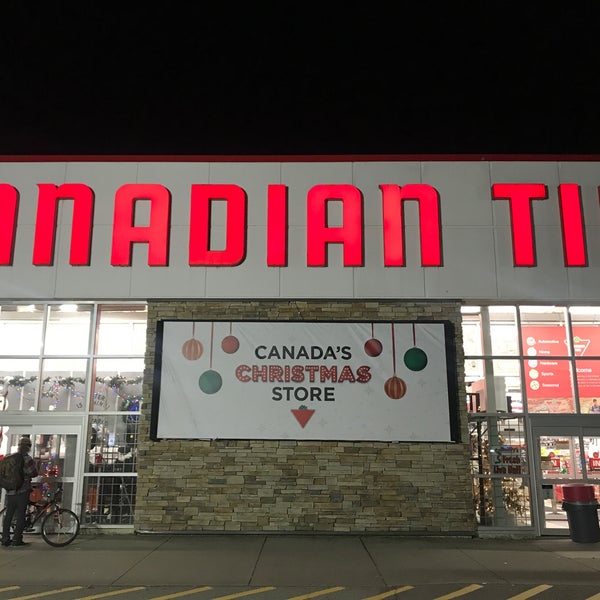
— What immediate tasks do you see as top priorities?
— In addition to what I have already said, we will have to look for funds to carry out the tasks set, premises, and most importantly, find out how many Russian-speaking Koreans now live in Canada and create our own asset in each of the provinces.
- Please introduce your assistants, members of the council. Is the current structure of the Association optimal?
- First of all, this is the Chairman of the Council Alexei Alekseevich Wang, whom we asked to remain in this position, as one of the inspirers of the creation of the Association and the most experienced activist of this movement. After the abolition of some staff positions, Inna Pak was elected Executive Director, who, in fact, now bears the main burden of work. This is a very energetic, competent and very responsible assistant, thanks to whom we have already received a lot of useful information over the past week and agreed on useful meetings.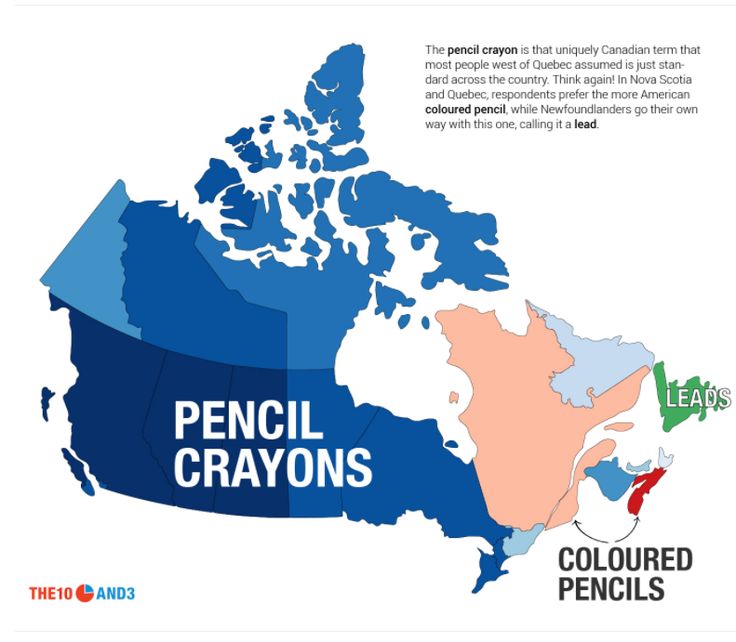
— Ontario is known to be an international province. Moreover, about 200 thousand Russian-speaking citizens of the former Soviet republics live here. In what areas would cooperation with them be useful for the Association?
— Yes, indeed, national associations of Ukrainians, Jews, Tatars, Belarusians and others have been successfully working here for a long time. We are going to cooperate with many of them. Since Canada is, in principle, a country of immigrants, interethnic interaction and assistance here is quite common.
- There is a large South Korean diaspora in Canada, do you manage to find mutual understanding with it?
— Of course. The South Korean diaspora treats us very friendly and, one might say, no-kindred. We receive invitations to all their events, and after the New Year we have a meeting with the chairman of their Association and the Consul of the Republic of Korea, which, I hope, will be fruitful.
— Please explain the features of Canadian legislation regarding national diasporas.
- In short, this is a position that is interested in the development of national diasporas, expressed in the multifaceted support from the Government of Canada. This is a system of issuing various grants, and assistance in the implementation of various cultural events, and much more, aimed at interethnic cooperation.
- It can be said with a high degree of certainty that the diaspora of Russian-speaking Koreans in Canada will only grow due to the influx of emigrants from Russia and the CIS countries. What new tasks for the Association can be foreseen in this regard?
- I can't say that it will be something radically new. The primary task remains to assist new arrivals in adaptation, providing them with legal and other necessary advice. In a word, the necessary set of measures that will help them fit into a new life as quickly and painlessly as possible.
— Tell us about yourself. What did you do before? Where did they live? How did you end up in Canada?
— I am a philologist by education, I graduated from Samarkand State University at 1974 year.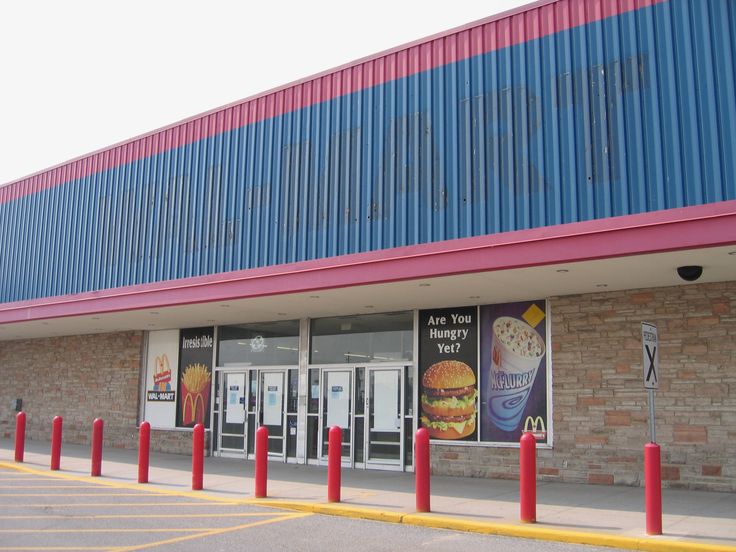 Recently in Tashkent was the beginning. Department of Information at the State Property Committee of Uzbekistan and before leaving for Canada, she worked in the magazine "BELLA TERRA". Came here 6 years ago to visit my daughter. Like all immigrants, I had to do a variety of jobs. Now again at the usual work lit. editor in the Russian newspaper "Family Circle".
Recently in Tashkent was the beginning. Department of Information at the State Property Committee of Uzbekistan and before leaving for Canada, she worked in the magazine "BELLA TERRA". Came here 6 years ago to visit my daughter. Like all immigrants, I had to do a variety of jobs. Now again at the usual work lit. editor in the Russian newspaper "Family Circle".
Executive Director — Inna PAK
Tel.: 905-707-0966 or 647-405-4662
Chairman of the Board — Aleksey Alekseevich VAN
Tel.: 647-407-2026, 905-884-5323 : 51 Bentoakcres, Thornhill Ontario, Canada L4J 8S7
He is Canadian, she is Korean: the beauty of their son is admired by the whole world (photo) (fb.ru)0003
Article "Korean immigrants in Canada"
German Kim "Selected Labor Labor" p.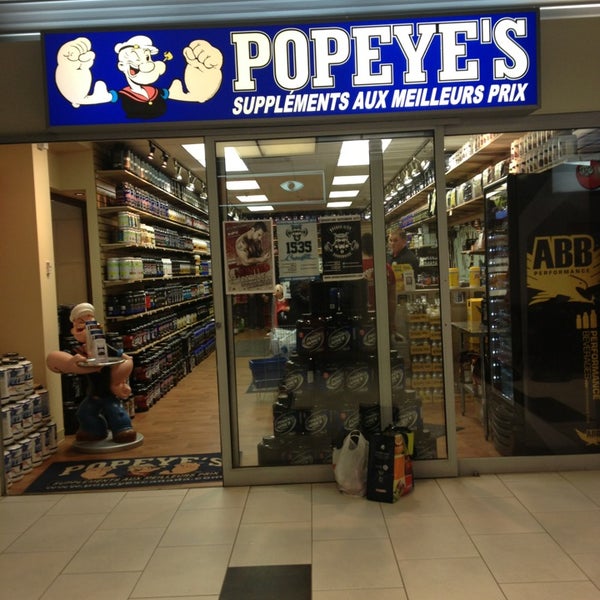 175-187)
175-187)
-Korean immigrants in Canada
At home without money and connections, nowhere (photo) 23-year-old Maxim Kim has been living in Toronto for several years and is making his way in the fashion world. In his interview to the NUR.KZ portal, the young man spoke about life in Canada, and also shared his opinion on why he preferred to build a career in the West. Read about Maxim - https://ok.ru/koreanok/topic/65695205113895
* * *
You will love it! Korean Exotic in Toronto - https://www.youtube.com/watch?v=UmePq-IPvm 2014 movie
Sandra W0GA 90 Oh 3 Adjust
|
Notable Korean Canadians: Gail Kim • Yonah Martin Sandra Oh • Bryan Lee O'Malley | |
| Total population | |
|---|---|
223.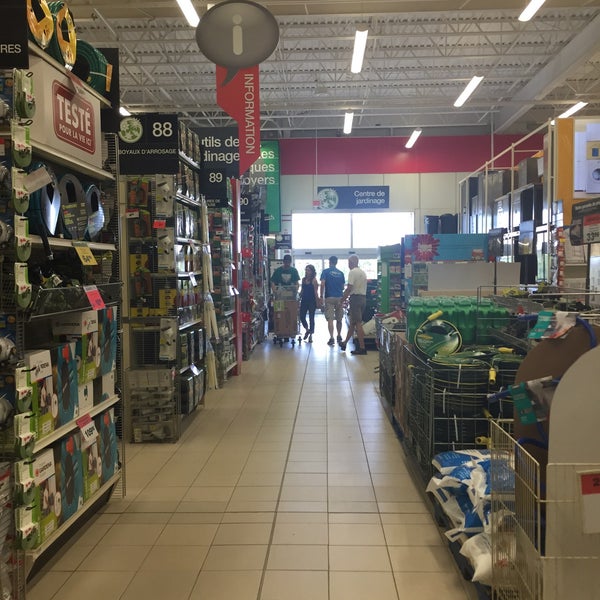 322 (2009 South Korean gov't figures) [1] 322 (2009 South Korean gov't figures) [1] 141.875 (2006 Canadian Census) | |
| Regions with significant populations | |
| Ontario | 69.540 [2] |
| British Columbia | 50.490 [3] |
| Alberta | 12.045 [4] |
| Quebec | 5.310 [5] |
| Manitoba | 2.190 [6] |
| Nova Scotia | 795 [7] |
| Saskatchewan | 740 [8] |
| New Brunswick | 625 [9] |
| Prince Edward Island | 70 [10] |
| Newfoundland and Labrador | 60 [11] |
| Yukon | 10 [12] |
| Languages | |
| Korean, Canadian English and/or Canadian French | |
| Religion | |
| Protestantism (50%), Catholicism (25%), No affiliation (20%), Buddhism (4%) [13] | |
| Related ethnic groups | |
| Koreans | |
| Regional figures above based on Canadian census. 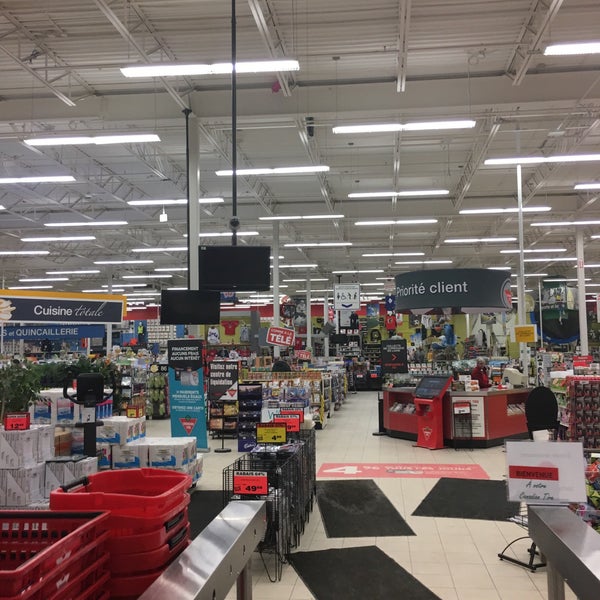 South Korean government figures based on consular registrations. All South Korean citizens intending to reside overseas for more than 90 days are required by law to register with the South Korean consulate nearest their overseas residence. Failure to register can have negative consequences for taxes and real estate purchases, and overseas-born children who are not registered may have difficulty enrolling in South Korean schools. [14] South Korean government figures based on consular registrations. All South Korean citizens intending to reside overseas for more than 90 days are required by law to register with the South Korean consulate nearest their overseas residence. Failure to register can have negative consequences for taxes and real estate purchases, and overseas-born children who are not registered may have difficulty enrolling in South Korean schools. [14] | |
Korean Canadians are Canadians of Korean descent. According to South Korea's Ministry of Foreign Affairs and Trade, there are 223,322 Koreans or people of Korean ancestry in Canada. This is the fourth-largest population of Koreans outside of Korea (after Koreans in Japan and ahead of Koreans in Russia). [1] Also, the government of South Korean guessed that there are more than 100,000 Koreans living in Canada illegally. [15] [16]
The first Koreans who came to Canada were Christians.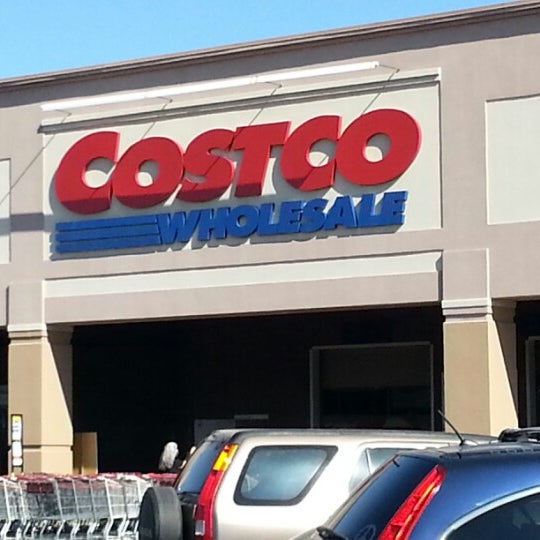 They were sent by Canadian missionaries to study Christianity in Canada. Not many stayed in Canada though; and in 1965, the total Korean population of Canada was only about 70 people. [17] However, after 1966's change of Canadian immigration laws, South Korean immigration to Canada grew. [17] Between 1970 and 1980, 18,148 Koreans immigrated to Canada, and another 17,583 came in the 1990s. [18] In the late 1990s, South Korea became the fifth-largest source of immigrants to Canada. [19] Toronto has the most Koreans in Canada, but Vancouver has the highest growth rate of Koreans. They have increased 69% since 1996. Montreal has the third-most Korean immigrants at this time. [20] In 2001, More Koreans went to Canada than to the United States. [21] The number of temporary residents also grew after the Canadian government made visas not necessary; South Korea sent the most international students to Canada in the late 1990s.
They were sent by Canadian missionaries to study Christianity in Canada. Not many stayed in Canada though; and in 1965, the total Korean population of Canada was only about 70 people. [17] However, after 1966's change of Canadian immigration laws, South Korean immigration to Canada grew. [17] Between 1970 and 1980, 18,148 Koreans immigrated to Canada, and another 17,583 came in the 1990s. [18] In the late 1990s, South Korea became the fifth-largest source of immigrants to Canada. [19] Toronto has the most Koreans in Canada, but Vancouver has the highest growth rate of Koreans. They have increased 69% since 1996. Montreal has the third-most Korean immigrants at this time. [20] In 2001, More Koreans went to Canada than to the United States. [21] The number of temporary residents also grew after the Canadian government made visas not necessary; South Korea sent the most international students to Canada in the late 1990s. [22] Many of the Koreans who came to Canada, came from the Korean population in China.
[22] Many of the Koreans who came to Canada, came from the Korean population in China.
In the 1990s, many Koreans came to Canada because unemployment was high and income growth was low. It was the opposite in the United States at this time. [23] They also came because the Canadian dollar was very weak, so they could get a lot of Canadian money from their Korean money. In the USA, they could get less American dollars. So they had more money if they came to Canada [24] Lastly, in Korea at the time there were lots of anti-American feelings, and also many local native teachers came from Canada, so Koreans knew Canadians very well. . [25]
Many Koreans in Canada are well educated, and many new immigrants and their children are skilled workers such as—doctors, professors, engineers, computer technicians—or businessmen.
Korean Canadians are usually one of three types: first generation immigrants, the “1.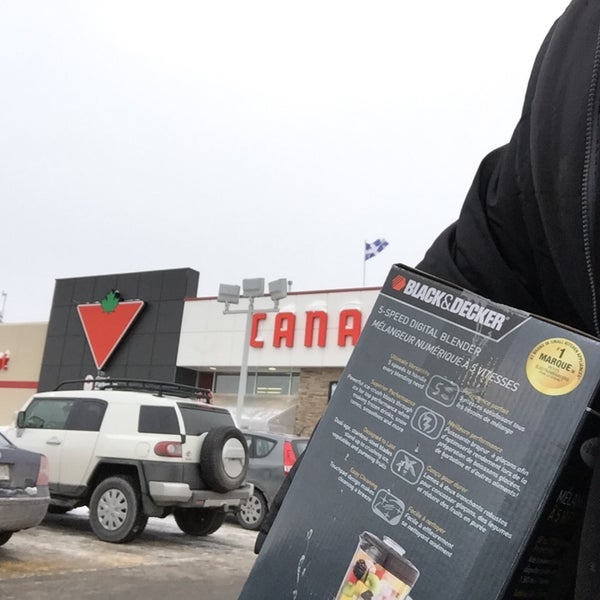 5” generation who began their schooling in Korea but moved to Canada in their childhood or teen years, and the second generation born in Canada. Each group is very unique, but Korean Canadians are very loyal to their Korean culture. They do this by local culture activities, university and alumni groups, seniors’ groups, language schools and business contacts. Vancouver and Toronto have Korean-language newspapers, and Korean television and radio programs. Korean dance, music art, as well as martial arts and Korean cuisine, are very popular in Canada.
5” generation who began their schooling in Korea but moved to Canada in their childhood or teen years, and the second generation born in Canada. Each group is very unique, but Korean Canadians are very loyal to their Korean culture. They do this by local culture activities, university and alumni groups, seniors’ groups, language schools and business contacts. Vancouver and Toronto have Korean-language newspapers, and Korean television and radio programs. Korean dance, music art, as well as martial arts and Korean cuisine, are very popular in Canada.
Today, many Korean Canadians are Christians, and often attend Korean churches. A small number are Buddhist or are not religious.
Statistics were researched in 2007 by the South Korean Ministry of Foreign Affairs and Trade. The statistics showed that among Koreans living in Canada, 86,084 are Canadian citizens, 72,077 are permanent residents, 20,738 people have student visas, and 19,271 other people are temporary residents.